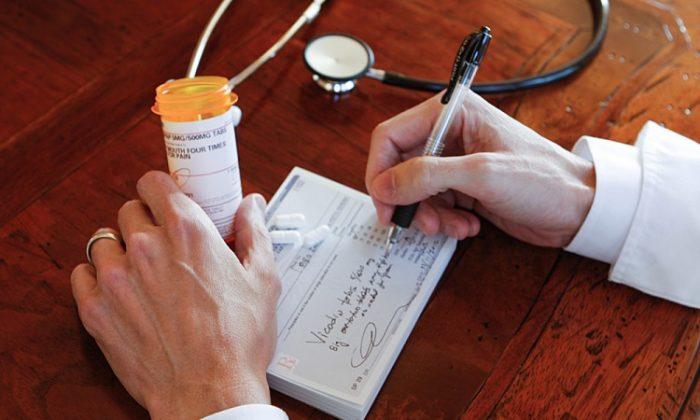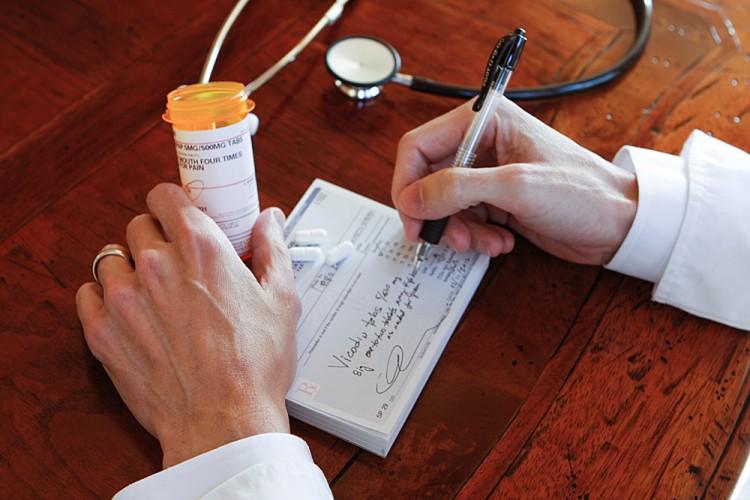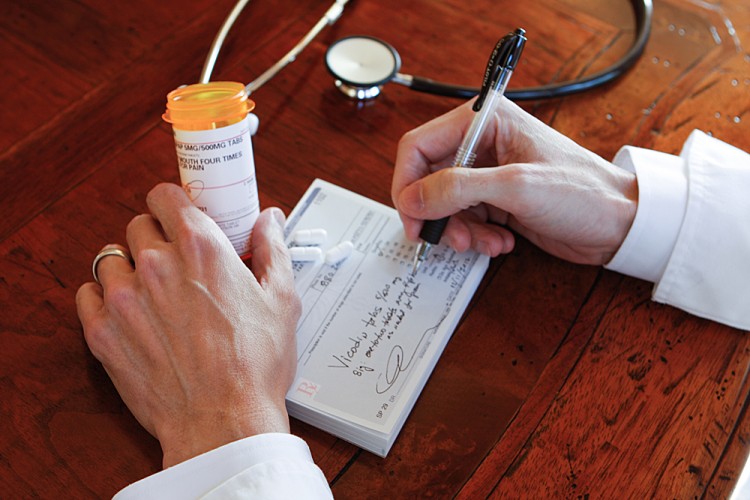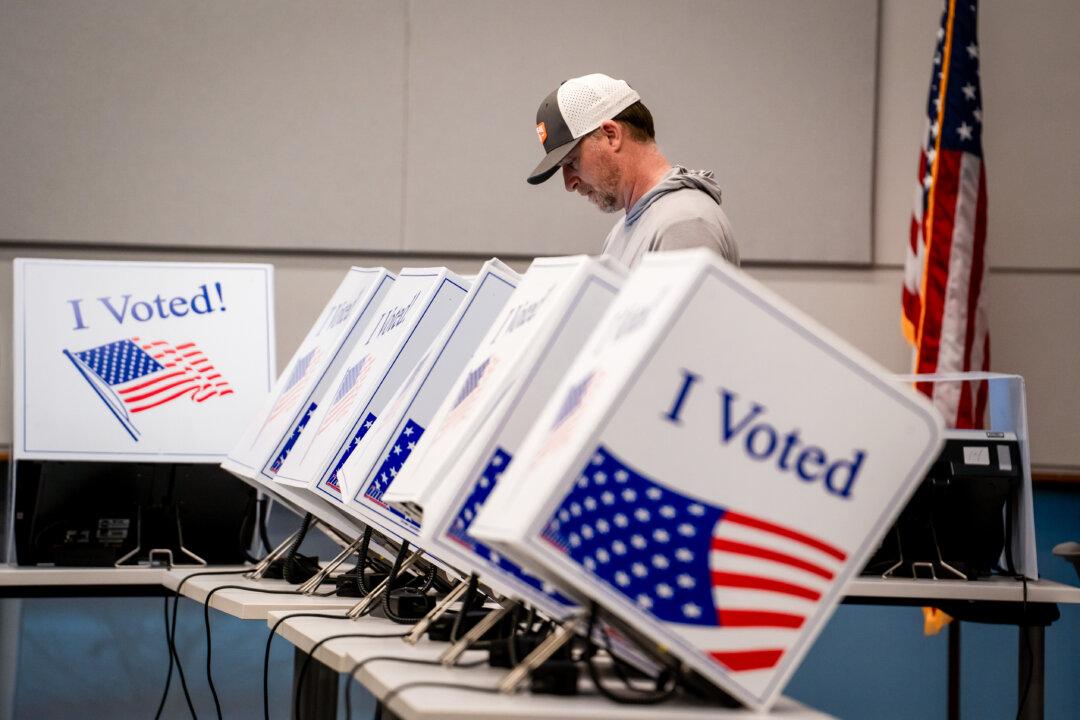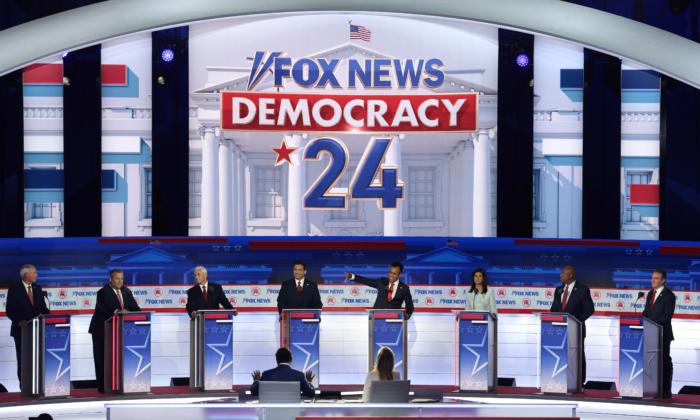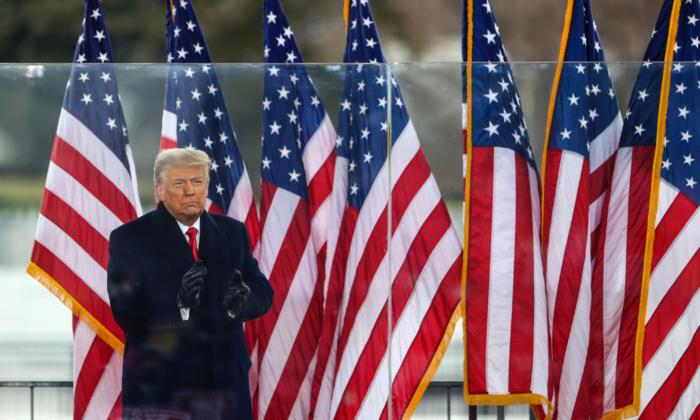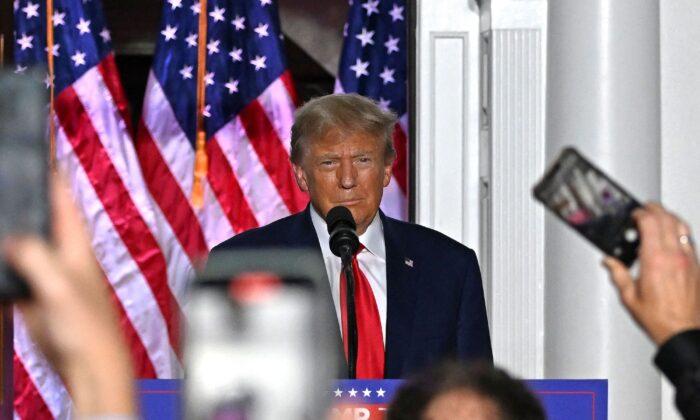NEW YORK—A task force created by Mayor Michael Bloomberg last week issued a set of guidelines aimed at reducing the number of painkillers prescribed in public hospital emergency rooms. The reason is clear: behind marijuana, prescription painkillers are the second most popular abused substance in the United States.
In New York alone, 263,000 people aged 12 and older (4 percent of the population) reported nonprescription use of painkillers—a 40 percent increase from previous years, according to the latest available data.
The guidelines are the first of several measures planned by the Mayor’s Task Force on Prescription Painkiller Abuse and aim at limiting the supply of the drugs that is diverted from intended use. Three out of four people obtain prescription painkillers from leftover medication, according to a press release from the mayor’s office.
“Prescription painkillers can provide life-changing relief for people in dire health situations, but they can be extremely dangerous if used or prescribed improperly,” said Bloomberg.
Supply and Demand
When it comes to prescription painkillers, the city faces an issue more complex than one of supply and demand. Although the effect of these drugs is similar to heroin, prescription painkillers are accessible through a wide range of legal and illegal channels, public hospitals accounting for just a portion. In addition, the supply of painkillers is virtually inexhaustible, as drug companies will produce as much product as necessary to satisfy prescription trends.
“If I wanted to buy Oxycodone right now I could just make a phone call,” said Nicola, a therapist with 15 years of experience, 8 of which as a practicing licensed mental health counselor. (Nicola only provided her first name because she may run into conflicts with some of her current clients.)
“You know how many people I know that went to the dentist for a root canal and for the doctor it’s so easy to prescribe Vicodin?”
Nicola witnessed many cases of people filling Vicodin prescriptions and selling the pills. Yet the major roadblock to curtailing the diversion and abuse of painkillers is much less tangible than a supply chain or what public officials could readily tackle.
“Look at the culture that we live in,” said Nicola. “It’s socially acceptable for people, middle Americans, white people, to just take pain medication, but then there’s crack and other street drugs and the stereotype is: black folk, people of the lower class, people that are into crime,” Nicola continued. “There are many housewives that take Oxycodone, that take these really strong painkillers. It’s just not really talked about, it’s more socially accepted.”
The social acceptance may be the true core of the problem. A survey showed that one in three teens believe that there is nothing wrong with using prescription pills nonmedically once in a while. It’s easy to imagine how prescription painkillers, formally known as opioids, would be perceived to be safer than street drugs as they are legally manufactured by corporations, prescribed by licensed doctors, dispensed by licensed pharmacists, and taken by a broad cross-section of the population.
“For some reason, prescription opioids aren’t being redefined as potentially dangerous and lethal, and in large part I suppose it’s because they have this pharmaceutical backing,” said Richard Miech, Ph.D.
Miech is the lead author of a Journal of Adolescent Health (JAH) study that found that young people aged 12-17 are abusing prescription painkillers more than any other age group in the United States.
Popular Image
The popular image of prescription drugs being the norm might be the hardest to overcome. The mayor’s task force is not blind to the problem: plans are in place to provide high-school students and parents with educational sessions on treatment and prevention of prescription painkiller abuse. But, whether that is going to be enough or if it is going to be too late is a harder question to answer.
Nicola referred to the National Geographic television show Drugs Inc. The show features hourlong episodes on the topics of production, trafficking, and consumption of various drugs and the drug culture in general. Posing as unbiased news reporting, the show’s website features descriptions of narcotics that sound eerily like retail advertisements:
“Originally used to sedate animals, ‘Special K’ is blowing up as today’s drug of choice,” reads one show description.
“For millions of clubbers around the world, ‘E’ is the ultimate love drug,” reads another.
Although the show balances the on-screen drug use with addiction horror stories, the intriguing descriptions of the feelings associated with drug use might just undo any educational efforts the show seeks to achieve. An episode titled “Pill Nation” features an addict that prefers pain pills to heroin because he believes they are manufactured by pharmaceutical corporations and are guaranteed to be clean.
“I don’t think you’re going to change people’s opinion,” said Nicola. “Not as long as you have Hollywood glamorizing these treatment centers, these figureheads that have these ’semi-addictions’ to these painkillers. I think it’s always going to be acceptable.”
The Epoch Times publishes in 35 countries and in 21 languages. Subscribe to our e-newsletter.
Please send news tips to [email protected]
